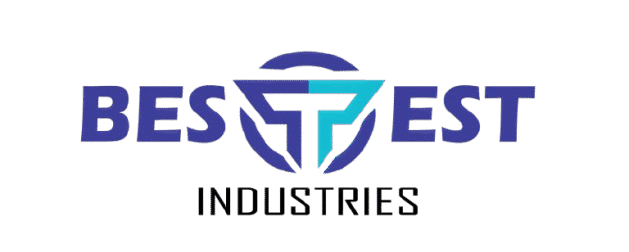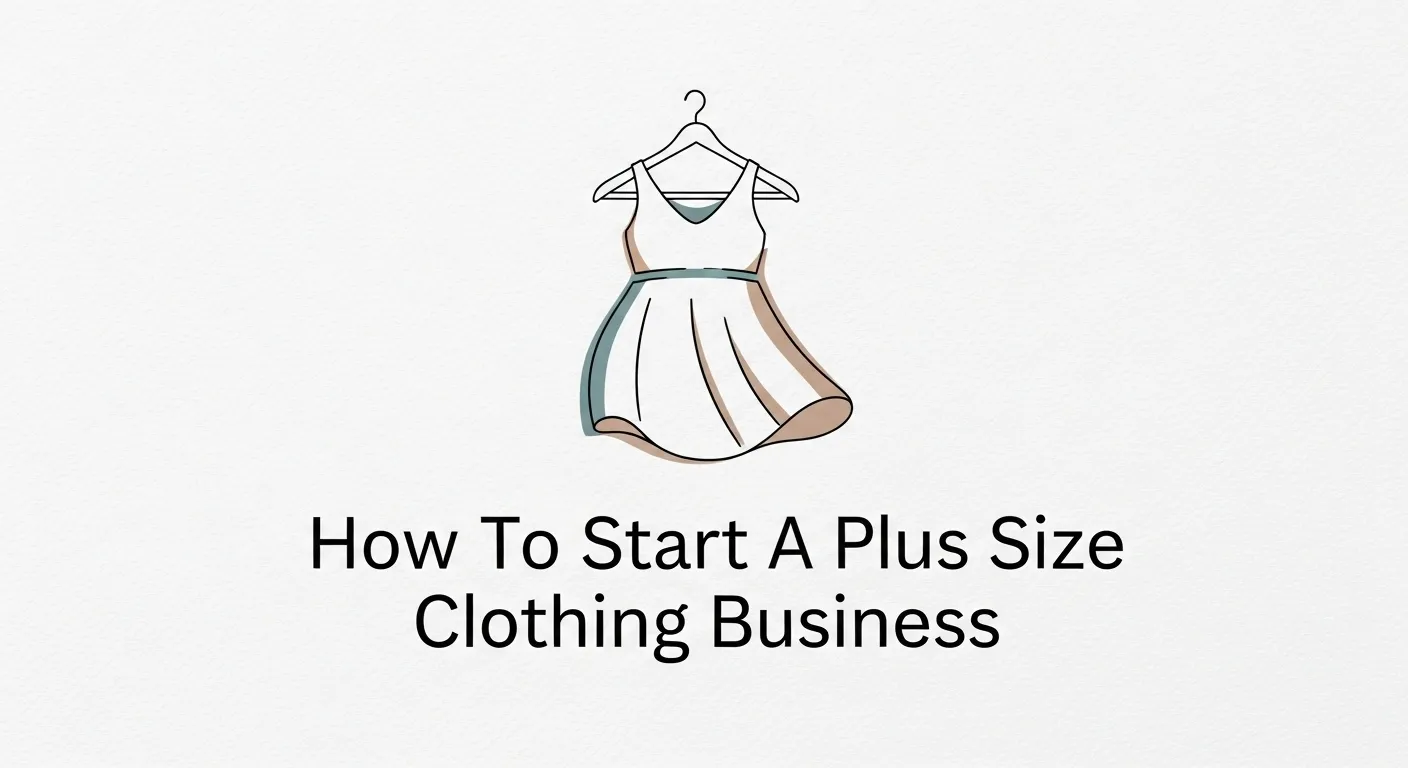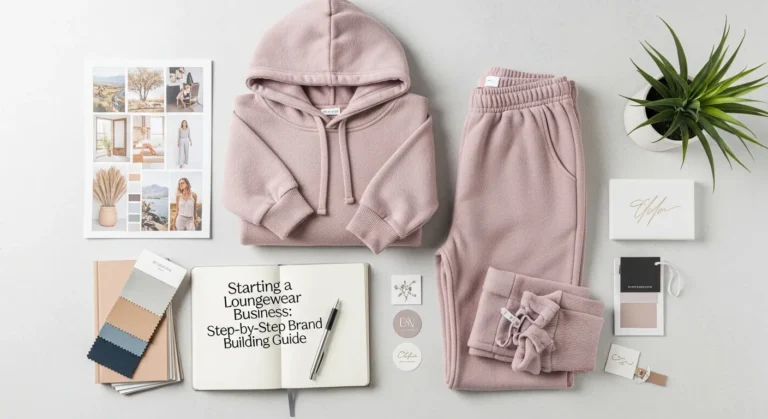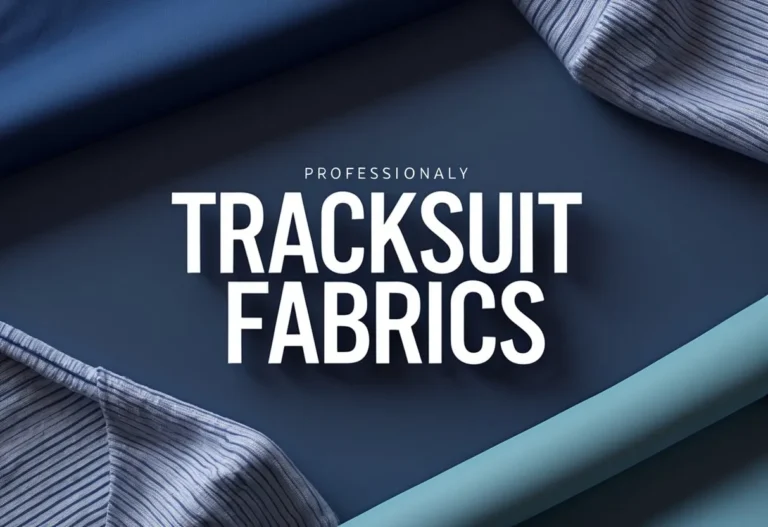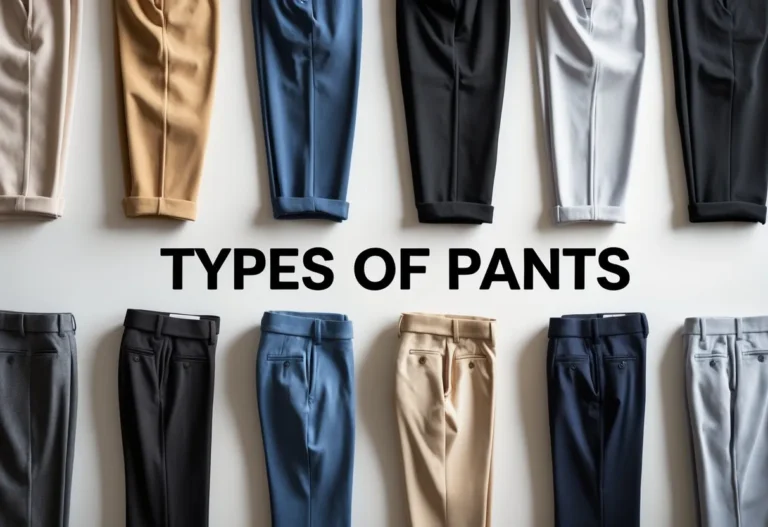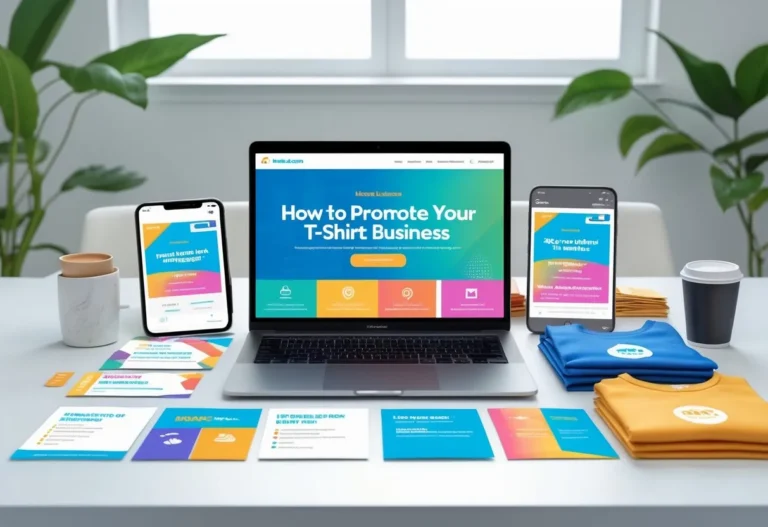How To Start a Plus Size Clothing Business: Step-by-Step Guide
Starting a plus size clothing business is a smart idea because more people want stylish and comfortable clothes in bigger sizes. The key to success is knowing your customers well and offering clothes that fit their needs and style. This market is growing fast, and many stores do not give enough choices to plus size shoppers, so there is a real chance to create a popular brand.
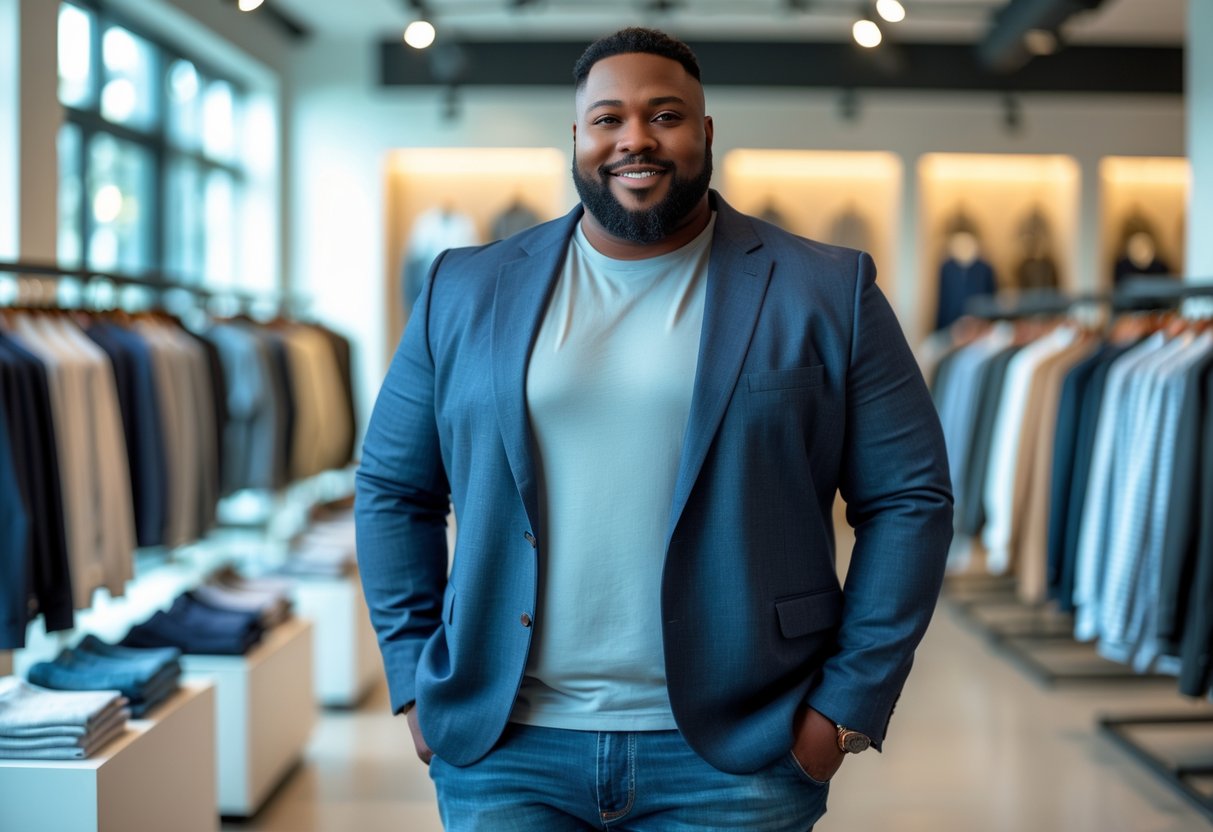
To begin, it is important to research what people want to wear and how to make clothes that fit well. Building a brand that makes customers feel good about themselves helps the business stand out. It is also helpful to find a reliable manufacturer who understands plus size fashion and can produce quality clothing.
Setting up a store, whether online or in person, takes planning to find the right location, price items fairly, and connect with customers through marketing. Growing a plus size clothing business means paying attention to what works and always looking for ways to improve designs and the shopping experience.
Key Takeaways
- Success comes from understanding customer needs and offering well-fitting styles.
- A strong brand and quality clothing help build loyal customers.
- Careful planning in sales and marketing can grow the business over time.
Understanding the Plus-Size Clothing Market

The plus-size clothing market is a special part of fashion that grows fast. It focuses on making clothes that fit well and look good for people who wear bigger sizes. Knowing the kinds of clothes people want, the size of the market, and who the customers are helps any business succeed.
Defining Plus-Size Fashion
Plus-size fashion means clothes made for people usually size 14 and up. It is not just about bigger clothes but about designs that fit well and feel comfortable. These clothes show style and confidence, not just size.
Body positivity and inclusivity are important parts of plus-size fashion. This means the clothes should help people feel good about their bodies. Plus-size fashion includes many types of clothing, like casual wear, formal clothes, and activewear. Making clothes that flatter different body types is a key goal.
Trends and Growth of Plus-Size Market
The plus-size market has grown a lot because more people wear bigger sizes today. In the United States alone, the market is worth billions of dollars and still getting bigger each year. Fashion brands see this as a chance to make fresh, stylish clothes.
Shoppers in this market want clothes that are fashionable but also comfortable. They look for brands that respect body diversity and offer choices beyond just “basic.” The rise of social media and body-positive movements has pushed big stores and new brands to include more plus-size options. This growth means businesses must stay updated on the latest fashion trends and customer needs.
Identifying Target Plus-Size Customers
Plus-size customers are diverse in age, taste, and lifestyle. Many feel that regular stores don’t have enough good options, so they want brands that really understand their needs. These customers care about fit, comfort, and style.
Market research is key to knowing this group. Businesses should learn what sizes are most in demand, which prices customers expect, and what styles they prefer. Plus-size consumers also want shopping experiences that are respectful and welcoming. Offering a range of sizes and body-positive marketing helps build trust and loyalty.
Finding Your Niche and Creating Your Brand

Starting a plus-size clothing business means knowing exactly what kind of clothes to sell and how to stand out. The brand should show what makes it different and make customers feel welcome and confident. The right style, clear brand image, and a message of body positivity help a business grow and build loyal fans.
Choosing Your Clothing Style and Category
Deciding what type of clothing to offer is one of the first big steps. The choices can be leisurewear, office wear, athletic wear, or even a mix of these. Each style appeals to different groups. For example, younger customers may want trendy leisurewear, while working women need comfortable office wear.
It helps to research what is missing in the market. For instance, plus-size athletic wear is growing but not offered by many brands. Choosing a clear category makes it easier to focus on design, materials, and marketing.
Building a Unique Brand Identity
A plus-size apparel brand needs a strong brand identity. This means creating a look and feel that customers recognize and trust. This identity comes from the business name, logo, colors, and even how products are shown on websites or in stores.
A unique sales proposition means telling customers why this brand is different. It could be better fit, more comfort, sustainable fashion materials, or a focus on real body shapes. A clear brand identity helps build brand loyalty. When customers feel the brand understands them, they return.
Communicating Inclusivity and Body Positivity
To connect with plus-size shoppers, the business must show it cares about all body types. This starts with how models are chosen for ads and social media. Showing real size diversity and avoiding too much editing makes the brand feel honest.
The message should focus on confidence and self-love. Using simple phrases like “designed for real bodies” helps customers feel included. This kind of communication builds trust and can make the brand stand out in the inclusive fashion market.
Designing Plus-Size Clothing That Fits

Designing clothes for plus-size customers means making sure the clothes look good, feel comfortable, and fit right. It takes careful work with patterns, fabrics, and size charts to create clothes that people want to wear and feel confident in. Attention to these details helps a brand stand out.
Developing Flattering Designs
Creating plus-size clothing starts with good design that flatters different body shapes. Designers focus on shapes and styles that fit well and highlight the best features. They avoid common mistakes like using the wrong pattern grading, which can make clothes too tight or loose in the wrong spots.
Designers often work with pattern makers to create custom patterns that match plus-size proportions. Making trial prototypes helps test the fit before final production. This step is important to fix problems early and ensure each style is comfortable and looks nice.
Using Quality Materials and Fabrics
Choosing the right fabric is key to comfort and fit in plus-size apparel. Fabrics should stretch and move with the body without losing their shape. Soft, breathable materials keep customers comfortable all day.
Brands may use durable fabrics that last through washing and wear. Offering eco-friendly and sustainable fabrics also appeals to buyers. Using high-quality materials helps a plus-size clothing line keep a good reputation and make clothes that work well for customers.
Creating Inclusive Size Charts and Guides
Clear size charts help customers find the right fit and reduce returns. Many plus-size brands create detailed size guides that show measurements for bust, waist, hips, and sometimes height.
Standardized sizing makes shopping easier, but some brands offer custom sizing options for a better fit. Brands provide instructions or videos to help customers measure themselves accurately.
Selling custom plus size hoodies or tailored pieces requires even more precise size info. Good size charts build trust and make shopping for plus-size clothes less frustrating.
Finding the Right Manufacturer and Production Methods
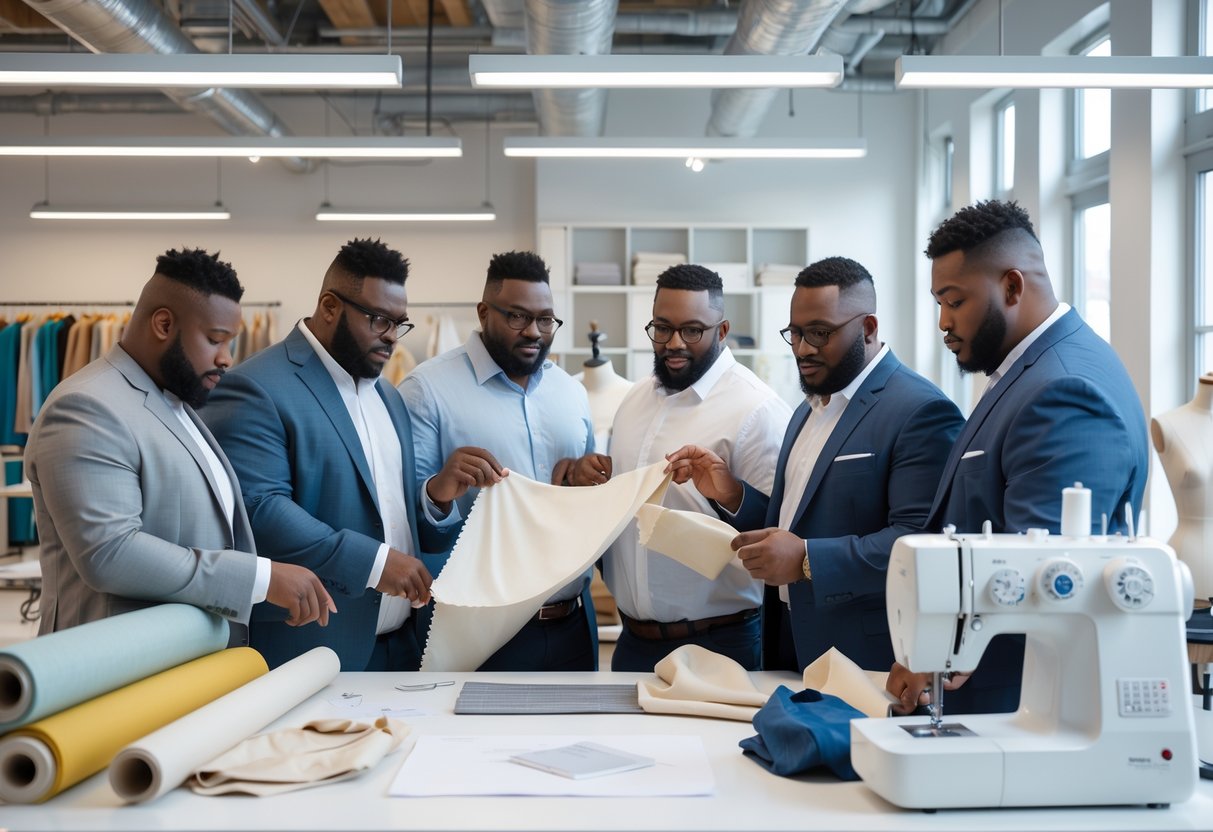
Starting a plus size clothing business needs good partners who make the clothes. It is important to pick manufacturers that can handle plus-size designs well. Following a clear plan for production and checking the product quality helps avoid mistakes and delays.
Choosing Custom Clothing Manufacturers
Choosing the right custom clothing manufacturer is key. The manufacturer should know how to make plus size clothing that fits well and looks good. Many brands use online sites like Alibaba, TradeIndia, or Faire to find suppliers. It is better to pick manufacturers that offer flexible options like made-to-order or small batch runs. This helps test the market before ordering large amounts.
The company should have good reviews and show examples of past work. A good plus size clothing manufacturer knows how to handle larger patterns and special trims. It is smart to check if they work with wholesale brands and can meet minimum order quantities without waste.
Understanding Production Schedules
Knowing the production schedule is important to meet launch dates. Each phase, from making samples to mass manufacturing, takes time. A clear schedule helps plan shipping and marketing. Brands should ask the manufacturer for timelines on every step, such as sample approval, fabric sourcing, and final delivery.
Delays are common, so having some extra time built into the plan helps avoid stress. Some manufacturers give faster service but with higher costs. Brands must decide if speed or price is more important.
Quality Assurance and Samples
Quality assurance means making sure the clothes are good and fit well. Before making a full order, the business should get a pre-production sample from the manufacturer. This sample shows how the clothes will look and fit in real life.
If the sample has problems, changes can be made before mass production starts. Brands should check fabric, seams, and finishing details carefully. Some companies use third-party inspectors for quality checks.
Regular quality checks during production prevent large errors. Keeping clear communication with the manufacturer about quality expectations is essential for success.
Setting Up Your Plus Size Clothing Business

Starting a plus size clothing business needs careful preparation. It is important to pick the right legal structure, protect the brand, and make a clear money plan. These steps help keep the business safe and organized from the start.
Choosing a Business Structure
Choosing the right business structure affects how much taxes are paid, who is responsible for debts, and how easy it is to run the business. Common types are:
- Sole Proprietorship: Owned by one person. It is simple and cheap to set up but the owner is fully responsible for business debts.
- LLC (Limited Liability Company): Protects the owner’s personal assets from business debts. It can be taxed like a sole proprietor or corporation.
- Corporation: A separate legal entity. It protects owners but involves more rules and paperwork. It can sell stock to raise money.
Most small plus size businesses start as LLCs because they offer good protection and simple tax options. The choice depends on how much risk and complexity the owner wants.
Registering Trademarks and LLCs
Protecting the brand name and logo is very important in the clothing business. Registering a trademark helps stop others from using the same or similar names. This creates trust with customers and builds a strong brand identity.
Registering the business as an LLC or corporation is done through the state government. This step makes the business official. It also allows for opening bank accounts, signing contracts, and applying for loans. The process requires filling forms and paying fees, which vary by state.
Both trademark and business registration protect the business legally and show that it is serious and professional.
Creating a Financial Plan and Budget
Having a clear financial plan helps the business control money and avoid surprises. This plan should include:
- Startup costs: Money needed to open, like rent, materials, and marketing.
- Operational expenses: Costs that happen regularly, such as salaries, utilities, and inventory restocking.
- Sales estimates: How much money the business expects to make.
A good budget compares manufacturing costs with expected sales prices. It also plans for marketing and other expenses. This helps the business stay profitable and ready for growth. Using a detailed business plan that covers money helps the owner make smart choices and get funding if needed.
Selling Plus-Size Clothes Online and Offline

Starting a plus-size clothing business means selling your products both online and in physical spaces. He or she needs to create a strong online presence with easy shopping options. At the same time, having good locations for offline stores helps reach more customers and build trust. Using the right tools and places to sell will help the clothes get noticed and bought.
Building Your Online Store
A professional website is key for selling plus-size clothes online. Platforms like Shopify make it simple to set up an attractive and easy-to-use online store. The website should have clear product catalogs with pictures, sizes, and prices.
It helps to add detailed size charts and fitting guides to reduce returns and improve customer satisfaction. Offering direct-to-consumer sales allows the business to keep full control over the brand and customer experience.
Good online stores also use fast checkout and secure payment methods. Integrating social media and email helps to connect with buyers and promote new products.
Choosing Online Marketplaces
Selling on big platforms like Amazon, Zalando, and ASOS Marketplace gives access to many customers. These sites already have shoppers looking for plus-size clothing, which can boost sales.
Some marketplaces allow dropshipping, which means the seller doesn’t need to store all the inventory. This lowers upfront costs and simplifies shipping but can reduce profit margins.
For success, selecting marketplaces that fit the brand and target audience is important. Uploading quality photos, clear descriptions, and choosing the right price makes the clothes stand out.
Setting Up Retail Spaces and Boutiques
Having a physical plus size clothing store or boutique helps customers see and try clothes before buying. Choosing a good retail space in busy areas or malls improves foot traffic.
Inside the store, good store fixtures like shelves, racks, and fitting rooms create a comfortable shopping experience. Staff should know about plus-size fashion to help customers find the right fit.
Selling in offline stores also attracts B2B buyers like other boutiques and retailers. This can expand the brand’s reach beyond its own stores and online shop.
Pricing, Marketing, and Growing Your Brand

Getting the right price for plus-size clothes helps a business stay competitive and make money. Using social media well can bring many customers. Good customer service and personal touches help keep buyers coming back.
Setting a Pricing Strategy
It is important to balance cost and price when selling plus-size clothing. This type of clothing uses more fabric, so it usually costs 10-30% more to make than smaller sizes. Prices must cover costs but stay fair to customers.
There are two main pricing paths:
- Higher price: Use better fabrics, charge between $50 and $150.
- Lower price: Make more clothes to lower costs, charge $20 to $50.
A good pricing strategy also looks at what competitors charge and what customers expect.
Promoting on Social Media Platforms
Social media is a strong way to tell people about the brand. Platforms like Instagram and TikTok are popular for showing plus-size styles and starting trends. Using hashtags like #PlusSizeFashion helps reach more users.
Working with micro-influencers who have 50,000 to 500,000 followers often works better than big stars. They talk to real fans and build trust. Running challenges like “Plus Size Dressing Challenge” gets users to create and share their own content, which spreads the brand further.
Building Customer Loyalty
Good customer service can make people want to buy again. Clear size guides and videos showing real people wearing clothes help customers pick the right size and feel confident.
Offering free returns encourages more risk-free shopping. A VIP program with discounts and personalized recommendations can make customers feel special.
Listening to customer feedback helps improve products and service. Brands that care about the environment can offer clothes made with organic or recycled materials, which some shoppers prefer. This can build loyalty and attract buyers who want a sustainable brand.
Frequently Asked Questions
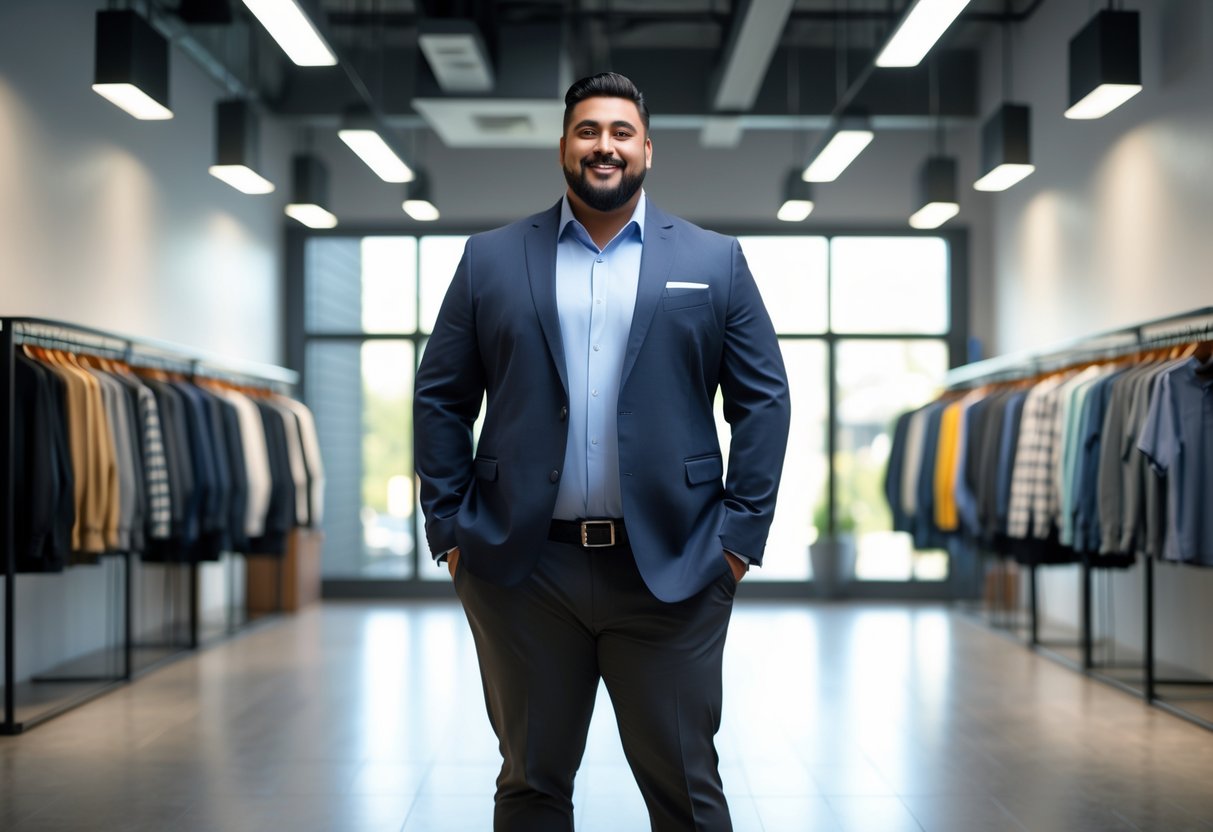
Starting a plus size clothing business takes careful planning. It includes steps like finding money, knowing where to buy clothes, and getting permission to sell. It also means making clothes that customers want and telling people about the store.
What do I need to do first to open a big clothing store?
The first step is to research the market and customers. Then, choose a good location and decide the business structure, like an LLC. After that, register the business and get an Employer Identification Number (EIN) for taxes.
How much money should I save before starting a clothing shop for all sizes?
Starting can cost between $40,000 and $140,000 or more. This covers rent, buying clothes, store setup, and marketing. Ongoing costs like staffing, restocking, and insurance should also be planned for.
Where can I find clothes in large sizes to sell in my store?
He or she can find plus size clothes from wholesalers or manufacturers who specialize in large sizes. Online clothing trade shows and bulk order sites are good places to start. Local designers may also offer unique styles.
How do I make clothes for bigger sizes that people will like?
Focus on comfort, fit, and style that matches current trends. Use soft fabrics with the right stretch and create designs that flatter different body shapes. Listening to customer feedback helps improve future designs.
What’s the best way to tell people about my new clothing store for everyone?
Use social media ads, local flyers, and special opening events to spread the word. Building a website and collecting emails for updates will help too. Positive reviews and word of mouth are important for growing the store’s reputation.
Do I need to get any special permission to start selling clothes for bigger people?
Yes, getting a general business license and a seller’s permit is required. Zoning approvals and occupancy certificates ensure the store meets local rules. These permits must be renewed yearly to keep the business legal.
